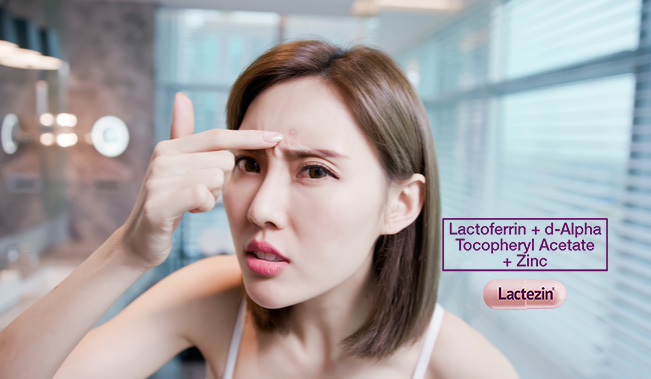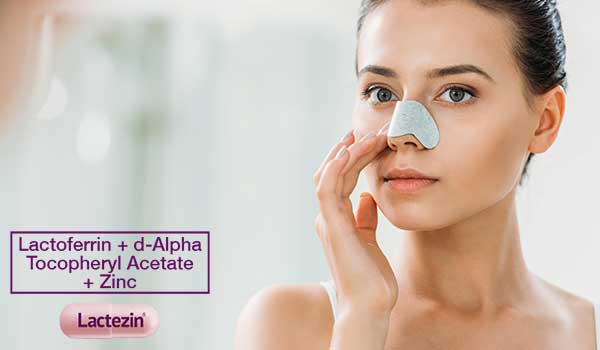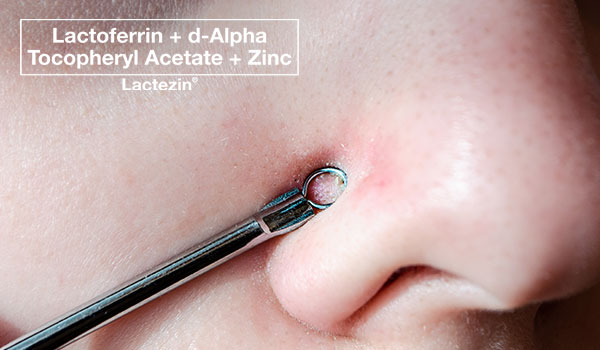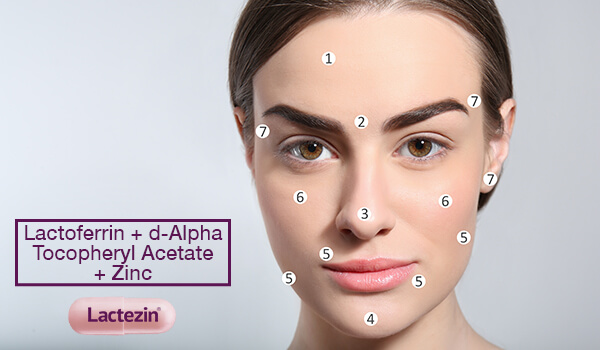What You Should Know About Forehead Pimples

You know them –- those unsightly bumps on the forehead that seem to stay forever. Pimples on the forehead come in different forms and the way to treat them is to know the nature of these bumps. There’s no single treatment for all, so it pays to know how each pimple behaves. Below are the different types of forehead pimples:
1. Acne
These are inflammations caused by bacterial infection. Bacteria thrive on skin when there's excessive sebum production and dirt blocking the pores. Acne can come in the form of comedonal acne which can either be whiteheads (closed comedones) or blackheads (open comedones). Once the pores get further inflamed, bigger and painful bumps appear. These are called papules. If these papules show pus on the top of the pore, they become pustules. Acne usually shows on the forehead because of the hair’s dirt that gets in contact with the skin.
2. Folliculitis
Folliculitis results when hair follicles are infected. This happens when bacteria invades irritated hair follicles often caused by frequent touching, shaving, or waxing. Often, folliculitis on the scalp triggers clusters of tiny white, itchy and painful bumps on the forehead.
3. Rosacea
This is a common skin condition characterized by redness of the skin and some pus-filled skin eruptions due to swollen blood vessels. The persistent redness of the skin is often coupled with pimples that could contain pus. Rosacea is most common amongst mid-aged women with light skin. Although there’s no cure, rosacea symptoms can be controlled.
4. Contact Dermatitis
When your skin gets in contact with a substance that causes rashes, contact dermatitis happens. This can be allergic contact dermatitis (if triggered by an allergen), or irritant contact dermatitis when a substance irritates the skin. Itching, swelling, skin dryness, or cracking happens if an allergen or an irritant touches your forehead. Think harsh facial wash, shampoo, or hairstyling products that react negatively to your skin. All these can cause contact dermatitis.
5. Milia
Notice some small white bumps on your forehead? Those could be milia, or dead skin cells trapped beneath the skin’s surface. Those that appear on your forehead are called primary milia, which can disappear naturally without any treatment. Secondary milia are those resulting from skin injuries like blisters and burns.
CLEARING IT UP: Prevention and Treatment of Forehead Pimples
Forehead pimples aren’t just annoying; they can be extremely frustrating when you’ve done all that you could to get rid of them but things just aren’t working. Fret not. There are many ways to help prevent and treat forehead pimples. Some can be done at home, others need topical solutions, and some may require oral medications. Check these out:
1. Contact Dermatitis
Be wary of your grooming products. Know that most forehead acne are brought about by irritants and allergens. These can be your shampoo, conditioner, hair gel, hair spray, even make-up. Identify what’s causing your rash and stay away from it. There could be active ingredients in these products that irritate your skin and cause itching and swelling. Skin doctors can give you a list of substances that usually cause skin breakouts.
2. Comedonal Acne
For this skin condition, skincare products with retinoid / retinol are usually recommended. This is because retinoids are known for effective skin cell turnover that helps avoid pore clogging. Cleansers and acne spot treatments with benzoyl peroxide and salicylic acid are also recommended as these ingredients work well in fighting bacteria build up in skin pores, thus avoiding acne.
3. Folliculitis
Minimize your shaving if possible, to give your pores some rest. Avoid wearing clothes that are too tight as these can also irritate your pores and invite inflammation. Wash the affected area with antibacterial soap and warm water. Doctors usually recommend using hydrocortisone creams and antifungal shampoo on affected areas. But for severe cases, laser hair removal is recommended.
4. Rosacea
Know that there is no cure for this condition. However, there are ways to manage and relieve rosacea. It’s a combination of medication and lifestyle changes. To reduce inflammation and discoloration, topical antibiotics are given. Likewise, there are recommended skin creams with tretinoin, benzoyl peroxide, and azelaic acid. For the more severe cases, laser treatment is done to reduce visible blood vessels and thick skin. Rosacea can be managed by avoiding direct exposure to sunlight, using sunscreen (SPF30), and avoiding spicy foods and alcohol.
5. Milia
This usually goes away within a few months; however if this is already causing so much discomfort, there are treatments that you can do. You can opt to go to a skin doctor for a cryotherapy treatment that uses liquid nitrogen to freeze and remove milia. You can also have a deroofing that utilizes a sterile needle to suck the contents of the milia. But if going to a doctor is too much for you, there are topical retinoids that can help exfoliate skin and bring out new and healthier skin layers.
Generally, forehead pimples arise due to an unhealthy skin environment. Skin barriers get weak, pollutants and other free radicals invade the pores, and overproduction of sebum invites inflammation. An effective way to help avoid all these is by taking an oral medication that helps fight pimples.
Lactezin, the Pimple Expert, is an oral, over-the-counter anti-acne treatment that addresses the common causes of forehead pimples. Lactoferrin + d-Alpha Tocopheryl Acetate + Zinc (Lactezin) contains lactoferrin that helps fight pimple-causing bacteria, vitamin e that helps fight skin radicals and promote skin regeneration, and zinc that boosts the skin’s immunity and controls oil production.
For forehead pimples, trust only The Pimple Expert. Take twice daily to see results in as early as 2 weeks.
Lactoferrin + d-Alpha Tocopheryl Acetate + Zinc (Lactezin) is available in all leading drugstores nationwide. You may also purchase online through Lazada and Shopee.
SOURCES:
https://www.healthline.com/health/small-bumps-on-forehead#causes
https://my.clevelandclinic.org/health/diseases/12233-acne
https://www.healthline.com/health/forehead-acne#treatment
https://www.medicalnewstoday.com/articles/160281#treatments


